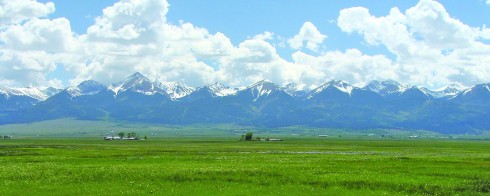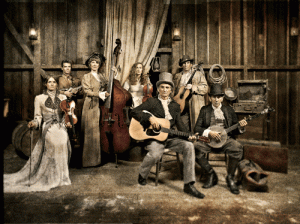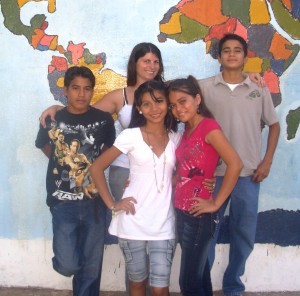By Hal Walter
If a picture can paint a thousands words, then I should keep this short. My columns are usually 800-1,000 words, and this one is accompanied by a few photos.
It may baffle and surprise some readers to learn that I often picture a written essay as an image. It forms in my head and then I attempt to project this image into words. Sometimes it’s easy to get those words out, and sometimes not so.
I started out in journalism because of an interest in photography. I joined my high school newspaper class and saved to buy a Minolta SRT 101 camera. My folks later bought me some darkroom equipment and we turned a small bathroom into a makeshift lab.

This was in the age of black and white photography. It was a tricky process, sensitive obviously to light, but also to time, temperature, dust and scratching. I continued to develop my own film late into my 20s when I edited the Leadville Herald Democrat, where the darkroom was literally in an old morgue.
The tedium of processing, and not knowing whether you have a decent photo until you did so, were factors that greatly tempered my interest in photography. Though I took a photography class when studying journalism at the University of Colorado, by then I had moved on to writing and editing. I began to use my camera less and less, though I’ve had a few photos published in regional and national publications.
Digital photography changed all that. You immediately have a pretty good idea if you “got the picture.” Processing images on a computer is far superior to a darkroom. And, once you buy a camera and software, processing is free, affording the ability to try different angles, ranges and exposures.
There are some purists who say digital photos are lower quality than film photos. I disagree. I recently saw a PBS documentary on the Civil War. Many of the black and white photos were unsharp, had poor contrast, and displayed obvious dust and scratch defects. Products of their photographic time. They are no less valuable all the same.
Modern digital photos may have some minor technical issues, but they are overall far better images than the black and white pictures I took with my single lens reflex film cameras. (Some of the accompanying photos are black-and-white due to production limitations.)
Recently I learned the CU regents have decided to “discontinue” the School of Journalism. One of the complaints about the program was that it had failed to keep up with technology. From a personal standpoint, I found it ironic the same electronic technology that has brought about the decline of traditional journalism has also allowed me to rediscover the original reason I started out in this field.
One of the pitfalls of living in Central Colorado is that one can become inured to the scenic beauty, natural landscape and animals that are so ever-present. In recent years it’s been refreshing to dust off my photography skills and make a point of photographing scenes I see almost every day. I thought I’d share a few of those images with you along with this written snapshot about my interest in photography.




